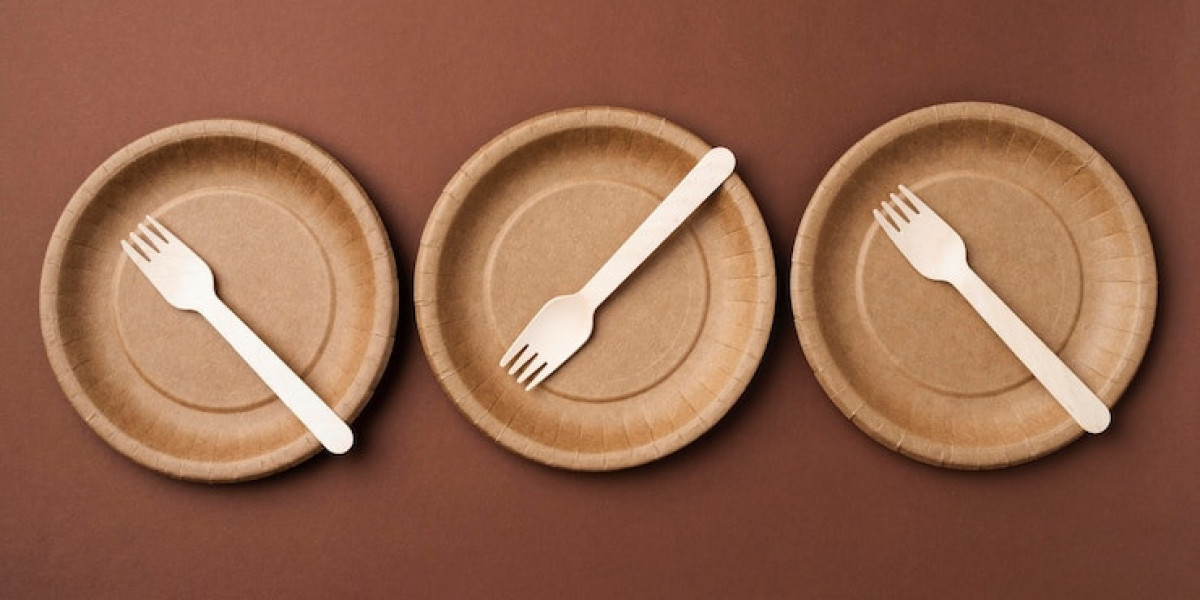Disposable plates have become a staple in many households and events, offering unparalleled convenience for parties, picnics, and daily use. As the demand for disposable plates grows, so does the variety of options available, catering to different needs, preferences, and environmental concerns. In this blog post, we'll explore the different types of disposable plates, their benefits, and considerations for making more sustainable choices.
The Convenience of Disposable Plates
Disposable plates provide a hassle-free solution for serving food without the need for washing dishes. This convenience is particularly valuable in the following scenarios:
Parties and Events: Hosting a large gathering can be overwhelming, and disposable plates simplify the cleanup process.
Picnics and Outdoor Activities: Lightweight and easy to carry, disposable plates are perfect for meals on the go.
Everyday Use: For busy individuals and families, disposable plates can save time and effort in daily meal routines.
Types of Disposable Plates
1. Paper Plates
Pros:
Biodegradable and compostable if uncoated.
Lightweight and versatile.
Cons:
May not hold up well with heavy or saucy foods.
Coated paper plates are less eco-friendly.
Best Use: Ideal for light meals and snacks at casual gatherings.
2. Plastic Plates
Pros:
Durable and can handle heavy or greasy foods.
Available in various colors and designs.
Cons:
Not biodegradable and contribute to plastic waste.
May not be suitable for hot foods as they can release harmful chemicals.
Best Use: Suitable for events requiring sturdy plates, such as barbecues and buffets.
3. Foam Plates
Pros:
Inexpensive and lightweight.
Good insulation for hot foods.
Cons:
Non-biodegradable and environmentally harmful.
Can break easily and are less aesthetically pleasing.
Best Use: Best for informal gatherings where cost is a primary concern.
4. Biodegradable Plates
Materials: Made from materials like bamboo, palm leaves, sugarcane (bagasse), and cornstarch.
Pros:
Eco-friendly and compostable.
Often aesthetically pleasing with a natural look.
Cons:
Can be more expensive than traditional options.
Availability may vary depending on location.
Best Use: Ideal for eco-conscious events and sustainable everyday use.
Benefits of Using Disposable Plates
Time-Saving: Eliminates the need for washing dishes, saving time and effort.
Convenience: Easy to transport and use, especially for outdoor events and large gatherings.
Variety: Wide range of materials, designs, and sizes to choose from, catering to different needs and preferences.
Environmental Considerations
While disposable plates offer convenience, they can also have significant environmental impacts. Here are some tips to make more sustainable choices:
Opt for Biodegradable Options: Choose plates made from renewable resources like bamboo, palm leaves, or sugarcane.
Avoid Single-Use Plastics: Reduce plastic waste by avoiding plastic and foam plates.
Compost When Possible: Compost biodegradable plates to minimize landfill waste.
Buy in Bulk: Purchasing in bulk reduces packaging waste and is often more economical.
Popular Brands and Products
Eco-Products: Known for their wide range of biodegradable and compostable tableware.
Chinet: Offers sturdy paper plates that are biodegradable and made from recycled materials.
Hefty: Provides durable plastic plates for heavy-duty use, with some options being recyclable.
Bambu: Specializes in elegant, eco-friendly plates made from bamboo.
Conclusion
Saattvic Disposable plates offer a convenient solution for serving food at various events and in everyday life. With a variety of options available, from traditional paper and plastic to eco-friendly biodegradable materials, there is a disposable plate for every need and preference. By considering the environmental impact and opting for sustainable choices, we can enjoy the convenience of disposable plates while minimizing our ecological footprint.







